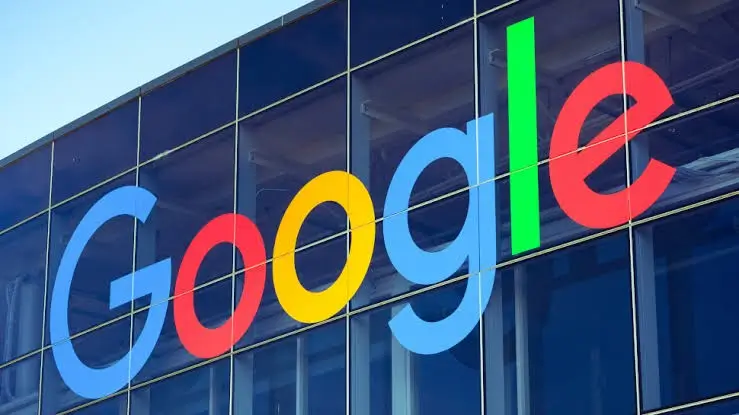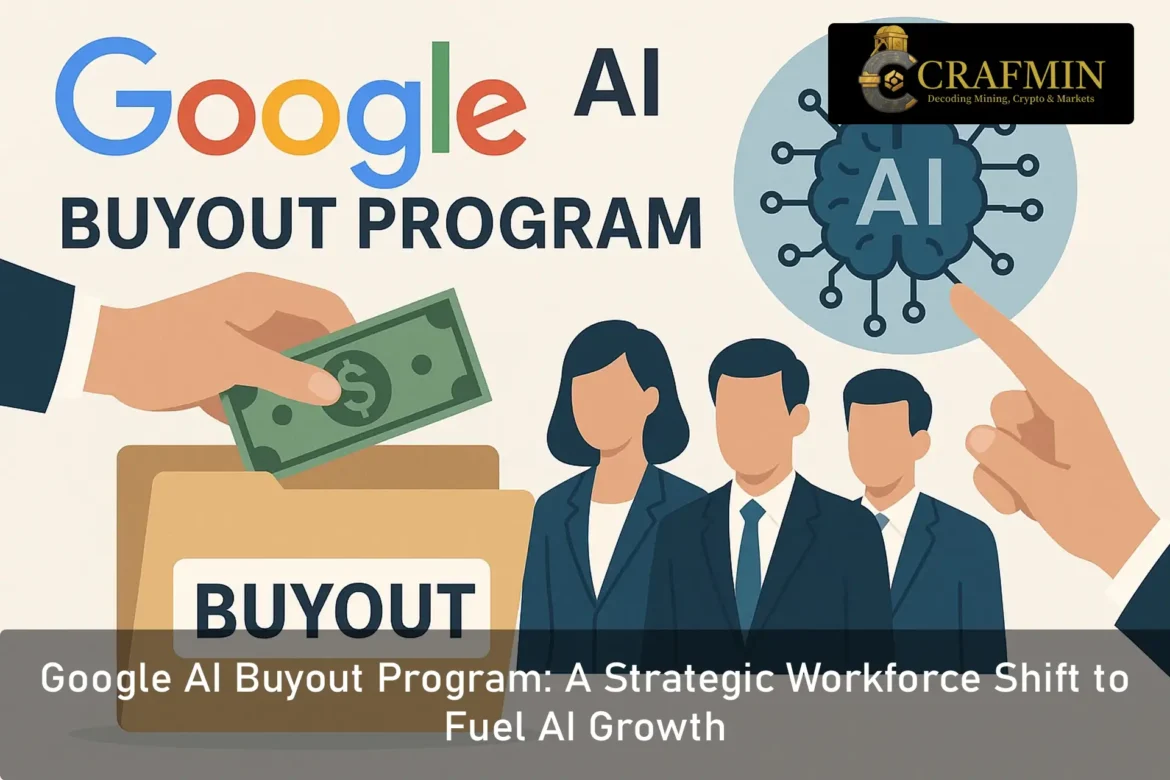Google is accelerating its artificial intelligence ambitions with a bold new move—expanding its employee buyout program to support increased AI investment. By restructuring its workforce, the tech giant is redirecting funds from slower-growth divisions into the booming world of generative AI.
This decision forms part of a broader strategic realignment aimed at keeping Google ahead in a high-stakes race for AI dominance. While the headlines speak of cuts, the real story lies in how the company is reshaping itself for a future led by artificial intelligence.

Google’s AI Buyout Scheme: Reshaping the Workforce to Drive Future Innovation ( Image Source: TechRadar )
Not Just Layoffs—A Calculated Pivot
While job cuts are nothing new in Silicon Valley, Google’s approach sets itself apart. Rather than sudden layoffs, the company is offering enhanced voluntary exit packages to staff in selected departments—particularly those not central to its AI mission.
In doing so, Google is reducing costs while freeing up resources for AI research and development. Projects tied to its generative AI platform, Gemini, as well as cloud-based AI services and embedded machine learning in core products like Gmail, Search, and Google Docs, stand to benefit most.
This isn’t just internal housekeeping—it’s a strategic shift, echoing similar moves across Big Tech as firms compete for AI leadership.
Google’s AI Focus: Playing to Win
As Microsoft and OpenAI push the boundaries of what generative AI can achieve, Google is refusing to be left behind. Its recent moves signal more than financial prudence—they represent a battle plan for innovation.
By reallocating spending towards AI, Google aims to retain a competitive edge in what’s becoming the most transformative sector in tech. The expansion of its AI offerings, from cloud solutions to real-time data processing tools, highlights a clear vision: to make artificial intelligence central to both its business and its brand.
And it’s not just about keeping up—it’s about leading.
Also Read: Apple in the AI Race: Is Siri Slowing Down the Innovation Engine?
Inside the Buyout Plan: Restructuring with a Human Touch
Unlike abrupt layoffs, Google’s buyout initiative is framed as a voluntary transition. Employees are being offered generous severance, extended health benefits, and career support as they exit roles that no longer align with the company’s future direction.
Still, the message is unmistakable: Google’s long-term priorities now lie firmly in AI. Teams once focused on legacy products are being encouraged to adapt—or to move on.
Although the company hasn’t disclosed precise figures, the restructuring is understood to span multiple global departments and roles. It’s a shift that underscores how quickly technology—and the careers built around it—must evolve.
Deep Dive: Where the AI Dollars Are Going
The resources freed by this restructuring are already being channelled into areas of strategic growth. Google’s DeepMind division, known for cutting-edge AI research, is receiving a boost. Additional funds are being funnelled into AI-enhanced advertising, business automation tools, and improved natural language processing systems.
Crucially, Google isn’t just investing in capability—it’s investing in responsibility. The company continues to build its frameworks for ethical AI development, with a focus on safety, fairness, and regulation-readiness.
In short, this isn’t just about building powerful tools. It’s about creating a sustainable AI ecosystem.
Google Offers Buyout Program Amid AI Shift, Cost Cuts, And Monopoly Accusations @forbes
Google is offering a voluntary buyout program to its U.S.-based employees within the “Platforms and Devices” unit.
The division includes over 25,000 full-time staff working on products like… pic.twitter.com/gND9JwuFSD
— Jack Kelly (@jackjaykelly) February 2, 2025
The Broader Impact: Tech’s New Normal
Google’s shift is already sending ripples through the broader tech industry.
For professionals, it’s a wake-up call. Roles in traditional engineering, UX design, and legacy product teams may need to evolve or be redefined altogether. At the same time, startups and other tech firms may benefit from an influx of experienced talent exiting Google.
Investors, meanwhile, have welcomed the move. Analysts see the buyout scheme as a sign of operational discipline—especially as AI research and infrastructure require substantial funding.
For competitors, Google’s actions are likely to set a precedent: stay agile, trim the fat, and back innovation, or risk falling behind.
A Balancing Act: Strategy vs. Sentiment
While strategic from a business perspective, the buyout initiative also highlights the human cost of tech transformation. For employees, the restructuring may offer a softer landing than layoffs—but it still marks the end of a chapter.
At its core, this is a tale of reinvention. For Google, it’s about maintaining relevance through bold choices. For affected workers, it’s a crossroads—an invitation to pivot, re-skill, or explore new paths.
As AI becomes more integral to tech’s future, such trade-offs are likely to become more common. It’s no longer enough to have technical talent. What’s needed now is adaptability.
Conclusion: AI as the Catalyst for Google’s Reinvention
It’s expanded buyout program is more than just a financial strategy—it’s a signal of where the company is headed. As it refocuses on artificial intelligence, the business is reshaping itself from the inside out.
This moment marks a turning point not just for Google, but for the industry at large. AI is no longer a side project—it’s the central pillar of innovation. And by prioritising it so decisively, is showing that the future belongs to those who are willing to change.
From cost-cutting to visionary growth, this is the AI era’s next big rewrite—and Google is penning the first draft.

